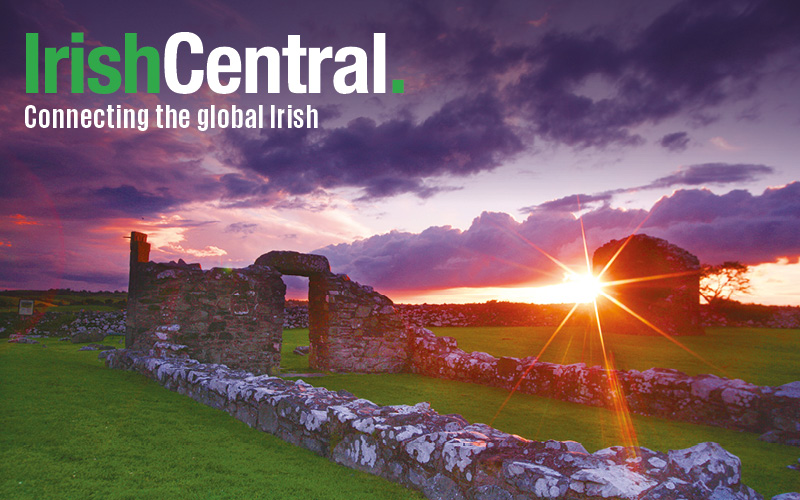Findmypast is working in partnership with IrishCentral to share fascinating insights into your Irish ancestors. Click here to get a special half price subscription, and discover your Irish roots today!
For more stories on tracing your Irish heritage from findmypast click here.
One of the first things you learn about Irish family history is that it’s much more difficult to trace than the American, English or other nationalities. Next, you learn that this is because so many Irish records were destroyed when the Public Records Office was blown up in 1922, or due to other archival disasters. Both these facts tend to be exaggerated, but there is no doubt that the single greatest loss for Irish family history was the destruction of the 19th century census records.
But few realize that the destruction was not total. Much survived. In fact we now know that records concerning more than 600,000 people appearing in the 1821, 1831, 1841 and 1851 census records survive at the National Archives of Ireland. This is because for the first time they have all been digitally imaged, transcribed and published online on findmypast.ie Moreover this is a free resource, available to all at no cost.
So what are these records? For a start portions of these original census records survived, especially for large parts of Counties Cavan, Fermanagh, Galway, Offaly (King’s), and Meath in 1821, Derry/Londonderry in 1831, Cavan in 1841 and Antrim in 1851. But a great deal also survives because of the way the pension system operated in Ireland. Old age pensions were introduced in 1909, but applicants had to prove they were 70 years old. This wasn’t an easy thing to do in Ireland, as civil registration of births only began in 1864. Instead the officials used the 1841 and 1851 census returns as evidence.
The information contained in all these records is very rich, and is quite different to what was recorded in US census returns. For starters, the 1821 census returns are the most extensive and record every member of a household. By contrast the 1831 and 1841 census returns named the head of household and gave statistical information about the people in the household. In 1851 all individuals are recorded fully. In 1841 and 1851 households also had to record the names of those who were absent on the night of the census, or who had died since the previous census. The pension search forms have a dual value in recording what applicants knew of their families in the early 20th century, and what was actually recorded.
This exciting project is another chapter in the extraordinarily fruitful partnership between the National Archives of Ireland, Findmypast and FamilySearch. And there are many more millions of records to come…
Record collection, by record collection, findmypast is intent on making Irish family history accessible to all and opening up Ireland’s rich archival heritage.
Findmypast is working in partnership with Irish Central to create expert content around Irish family history. With the largest collection of Irish family history records online and a team of expert genealogists, findmypast is the best place to discover your Irish heritage.




Comments